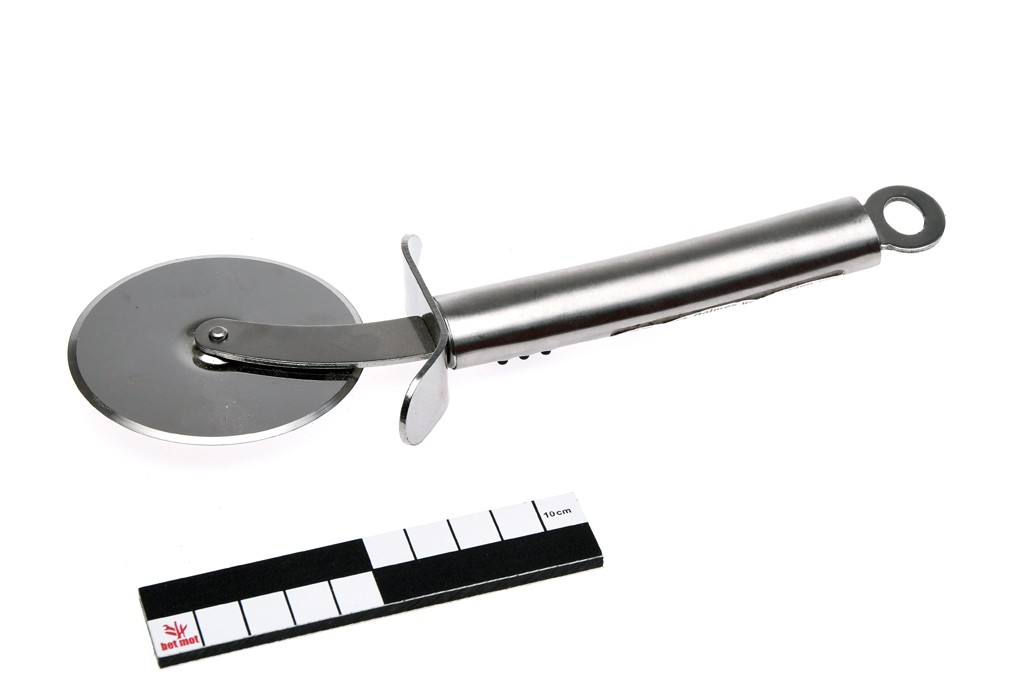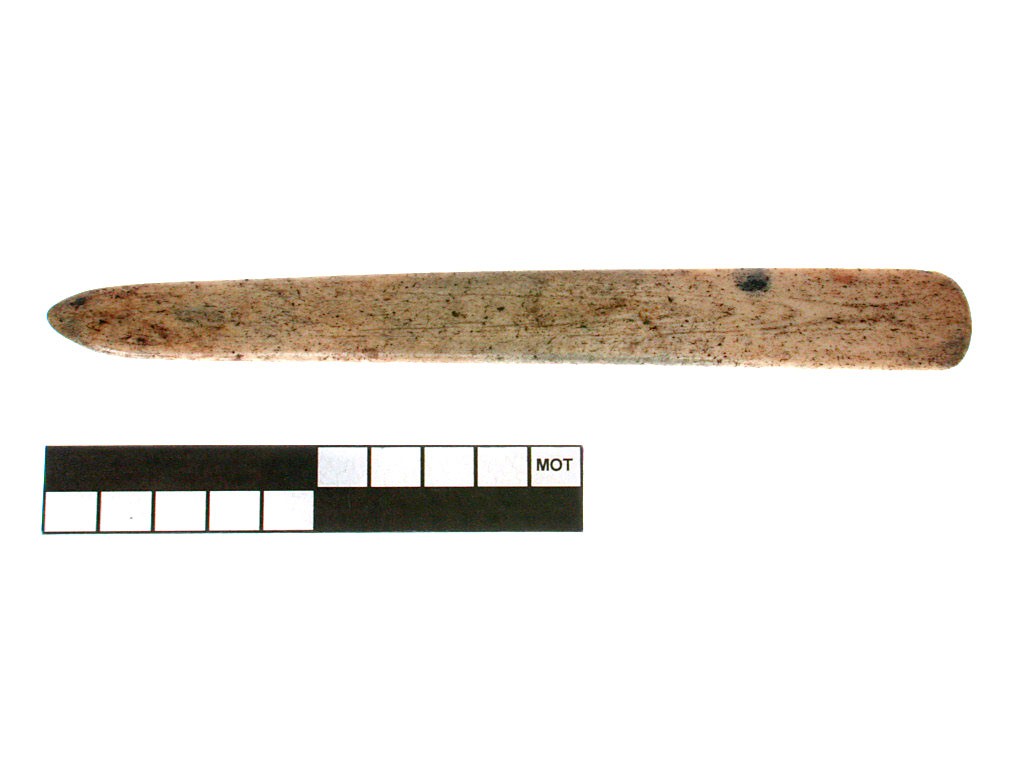ID-DOC: general search
Here you can enter a general keyword and perform a general search.
??? What are these question marks doing here? These represent tools which we know by a Dutch or French name, but who's English name is yet unknown. Suggestions are always welcome!
If you cannot find a certain tool, or if you experience other problems with this page, please let us know at info@mot.be.
Search for: tool
Showing search results 151 - 200
1,422 results found

Basin wrench
This text can only be consulted in Dutch
<https://www.mot.be/resource/Tool/basin-wrench?lang=nl>
/mot-f-2204-0319.jpg)
Basket maker's bodkin
This text can only be consulted in Dutch
<https://www.mot.be/resource/Tool/priem-mandenmaker?lang=nl>

Basket maker's rapping iron
For more technical information on this hand tool of a basket maker, you can
visit the dutch version of this page. See also the commander of a basket
maker. [MOT]

Basket shave
For more technical information on the basket shave of a basket maker, you
can visit the dutch version of this page. [MOT]

Battery clamp pliers
This text can only be consulted in Dutch
<https://www.mot.be/resource/Tool/battery-clamp-pliers?lang=nl>

Battery clamp spreader
Before reinstalling the clamps on the poles of, for example, a car battery,
it is desirable to first clean them with this battery clamp spreader, i.e.
remove the trapped battery acid, and also widen them slightly to ensure
that they reach far enough over the battery pole. [MOT]

Battery post and terminal cleaner
This text can only be consulted in Dutch
<https://www.mot.be/resource/Tool/battery-post-and-terminal-cleaner?lang=nl>

Bayonet
This text can only be consulted in Dutch
<https://www.mot.be/resource/Tool/bayonet?lang=nl>

Beam compass
This text can only be consulted in Dutch
<https://www.mot.be/resource/Tool/beam-compass?lang=nl>

Beam scribe
The beam scribe (1) is a manual tool for marking a beam by cutting a groove
in it. It consists of a thin metal blade (about 3 / 10-15 cm) bent at right
angles at one end, the angle of which cuts. It is often combined with a
saw-setting iron; usually this iron is on the opposite end, but sometimes
the notches are cut into the blade itself (2); exceptionally the
saw-setting iron is positioned between a double scribe (3).The carpenter
uses the beam scribe to indicate the location and nature of the operation
(sawing, mortising, etc.), sometimes also to number the beams.To be
distinguished from the timber scribe, from the clog maker's timber scribe,
from the saddler's racer and from the farrier's hoof cleaning knife.See
also the scribing point. [MOT](1) WEYNS 1967-68.(2) Eg. LOMBARD & MASVIEL:
117.(3) BISTON-BOUTEREAU-HANUS: 249.

Bean hook
A bean hook can be used to remove heavy weeds, shrubs, etc. The tool is
very similar to the billhook with hook-shaped blade, but is longer (approx.
50 cm) and narrower (approx. 3 cm). Sometimes a small axe is forged on the
back of the blade. [MOT]

Bean knife
This text can only be consulted in Dutch
<https://www.mot.be/resource/Tool/bean-knife?lang=nl>

Bean slicer
This text can only be consulted in Dutch
<https://www.mot.be/resource/Tool/bean-slicer?lang=nl>

Bee brush
This text can only be consulted in Dutch
<https://www.mot.be/resource/Tool/bee-brush?lang=nl>

Bee smoker
This text can only be consulted in Dutch
<https://www.mot.be/resource/Tool/bee-smoker?lang=nl>

Beeswax cutting wheel
This text can only be consulted in Dutch
<https://www.mot.be/resource/Tool/beeswax-cutting-wheel?lang=nl>

Beet lifting fork
This text can only be consulted in Dutch
<https://www.mot.be/resource/Tool/beet-lifting-fork?lang=nl>

Beet lifting spade
This text can only be consulted in Dutch
<https://www.mot.be/resource/Tool/beet-lifting-spade?lang=nl>

Beet lifting tongs
The farmer lifts the beets with a beet lifting fork or beet lifting spade.
However, when the soil is very moist, these hand tools are of little use.
One then uses these beet lifting tongs, which one holds with both hands.
[MOT]

Beet loading fork
This text can only be consulted in Dutch
<https://www.mot.be/resource/Tool/beet-loading-fork?lang=nl>

Beet topper
The leaves and heads of the sugar beet are cut off with the beet topper
(1). It can be a large knife with a convex curved blade and a straight
handle, such as a bread knife or a piece of the blade of a scythe with the
point broken off (2). In another model, the blade is trapezoidal and the
edge is straight. The beet topping hoe or the mechanical beet-cutter is
also used for the same purpose. [MOT] (1) According to V.A.W.P.: 1.360,
there are also tools in the form of a vegetable chopping knife for that
purpose. (2) Eg. JEWELL: 15.

Beet topping hoe
This text can only be consulted in Dutch
<https://www.mot.be/resource/Tool/beet-topping-hoe?lang=nl>

Bell drill
This is a gimlet with approx. 40 cm long bit to drill through door frames
when an electrical wire has to be inserted. It is useful in relatively
light materials such as plaster and wood for door frames, ceilings, walls
and floors. Especially in the period of electrification, this drill was
widely distributed, for the installation in existing buildings of a
telephone, a doorbell or for internal calls for staff or visitors. [MOT]

Belt plier slot punch
This text can only be consulted in Dutch
<https://www.mot.be/resource/Tool/belt-plier-slot-punch?lang=nl>

Bench hammer
Hammer of various shapes, some models of which are very similar to a
joiner's hammer. The peen, which can be at right angles to or in the same
direction as the stem, is wedge-shaped or has been replaced by a sphere.
The tool weighs between 100 and 1300 g. The bench fitter, but also the
blacksmith, the car repairer and even the joiner use the bench hammer for
all kinds of work. The silversmith uses a bench hammer with a convex peen
to knock the inlay metal into place in so-called parquet (1). To be
distinguished from the forging hammer which is heavier. See also the
whetting anvil. [MOT] (1) Technique in which molds of different metals are
placed in a closely contiguous "patch pattern".

Bench holdfast
This text can only be consulted in Dutch
<https://www.mot.be/resource/Tool/bench-holdfast?lang=nl>

Bench shear
This text can only be consulted in Dutch
<https://www.mot.be/resource/Tool/bench-shear?lang=nl>

Bending spring
This text can only be consulted in Dutch
<https://www.mot.be/resource/Tool/bending-spring?lang=nl>

Besom
This text can only be consulted in Dutch
<https://www.mot.be/resource/Tool/besom?lang=nl>

Bicycle alligator wrench
This text can only be consulted in Dutch
<https://www.mot.be/resource/Tool/1215?lang=nl>

Bilberry picker
This text can only be consulted in Dutch
<https://www.mot.be/resource/Tool/bilberry-picker?lang=nl>

Bill hook
This text can only be consulted in Dutch
<https://www.mot.be/resource/Tool/bill-hook?lang=nl>

Billhook
This text can only be consulted in Dutch
<https://www.mot.be/resource/Tool/billhook?lang=nl>

Billiard table iron
To smooth a billiard cloth, one can use a billiard table iron. This is a
full metal iron with a thick (approx. 3-4 cm) rectangular (approx. 25 by 10
cm) blade and a U-handle. It resembles the solid metal iron that people
used to use at home, but it is much heavier (approx. 7-8 kg). The carpenter
sometimes used a billiard iron as a glue iron. [MOT]

Bleacher's shovel
Wooden, long (approx. 2-2.15 m) gutter-shaped shovel with which the
bleacher sprayed the linnen - which was spread out on the meadow - with
water from the ditch. The combination of the sunlight, the grass on which
the linnen was laid and the water made the gray linnen white in colour. In
Germany a copper spoon which somewhat resembles the liquid manure scoop, or
a watering can was used for this purpose (1). See also the mud scuppit.
[MOT] (1) "Die grosse Wäsche'': 161.

Blind cleaner
This text can only be consulted in Dutch
<https://www.mot.be/resource/Tool/255?lang=nl>

Blind riveting pliers
This text can only be consulted in Dutch
<https://www.mot.be/resource/Tool/305?lang=nl>

Block plane
This text can only be consulted in Dutch
<https://www.mot.be/resource/Tool/block-plane?lang=nl>

Blow pipe (glass blower)
The blow pipe of a glass blower is not to be confused with the blowing tube
for a fireplace or the blow pipe (silversmith).

Blow pipe (silversmith)
This text can only be consulted in Dutch
<https://www.mot.be/resource/Tool/blow-pipe-silversmith?lang=nl>

Blowing tube
This blowing tube to stir up the fire in a fireplace is not to be confused
with the blow pipe (glass blower) or the blow pipe (silversmith).

Board cutter
The board cutter (1) is a hand tool for cutting softboard plates. The shape
is reminiscent of a plane, but it is not one. In most models, a guide is
provided in the center, in which a blade can be attached at an angle. A
hollow space is provided for this purpose. The whole is fastened with
lateral screws. Board was a popular building material in the 1950s and
1960s and consists of sheets of pressed fibres, used, among other things,
as ceiling panels. With a board cutter one could cut plates to size and cut
a bevel to obtain a V-shape between two connected plates. [MOT] (1) The
proper name in English is yet unknown.

Boathook
This text can only be consulted in Dutch
<https://www.mot.be/resource/Tool/boathook?lang=nl>

Body file
Body file for the bodywork of a vehicle. For more technical information,
see the dutch version of this page. [MOT]

Bolt cutters
With these heavy duty wire cutters you can cut reinforcing bar. The
military uses a folding model to cut heavy wire or fencing. More technical
information on our Dutch pages. [MOT]

Bolt extractor
This text can only be consulted in Dutch
<https://www.mot.be/resource/Tool/bolt-extractor?lang=nl>

Bolter for kitchen
This text can only be consulted in Dutch
<https://www.mot.be/resource/Tool/bolter-for-kitchen?lang=nl>

Bone folder
Elongated tool (approx. 20 cm long; approx. 2 cm wide) usually made of
bone, but possibly also horn, wood or ivory with rounded edges. One short
side is more pointed than the other. The folder from boxwood is mainly used
for folding sheets coming out of printing (1). The folder made of bone is
used by the bookbinder to flatten the corners and edges of the cover of a
book and to press the crease in the spine. It is made of bone because this
material does not leave a permanent crease mark in the paper or leather.
See also the paperknife and polishing bone. [MOT]

Bone holding forceps
This text can only be consulted in Dutch
<https://www.mot.be/resource/Tool/bone-holding-forceps?lang=nl>

Boning knife
Raw meat is boned with a boning knife. It has a sturdy, narrow blade
(approx. 10-20 cm long) with a wide back and a sharp point. It is attached
in a wooden or plastic handle that is usually shaped in such a way that the
hand - which becomes greasy during boning - cannot slip on the blade. See
also the ham boner. [MOT]
